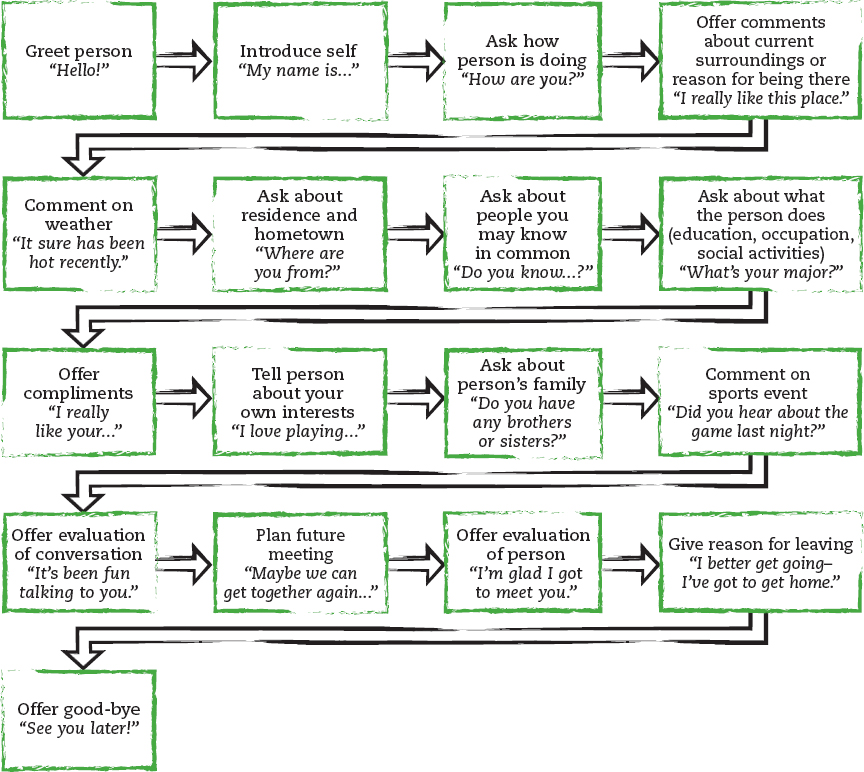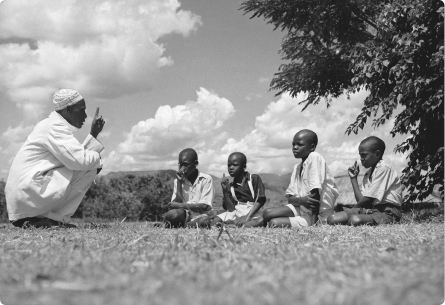Cooperative Verbal Communication
Eager to connect with your teenage son, you ask him how his day was when he arrives home from school. But you get only a grunted “Fine” in return, as he quickly disappears into his room to play video games. You invite your romantic partner over for dinner, excited to demonstrate a new recipe. But when you query your partner’s opinion of the dish, the response is “It’s interesting.” You text your best friend, asking for her feedback on an in-class presentation you gave earlier that day. She responds, “You talked way too fast!”

Although these examples seem widely disparate, they share an underlying commonality: people failing to verbally communicate in a fully cooperative fashion. To understand how these messages are uncooperative, consider their cooperative counterparts. Your son tells you, “It was all right—I didn’t do as well on my chem test as I wanted, but I got an A on my history report.” Your partner says, “It’s good, but I think it’d be even better with a little more salt.” Your friend’s text message reads, “It went well, but I thought it could have been presented a little slower.”
When you use cooperative verbal communication, you produce messages that have three characteristics. First, you speak in ways that others can easily understand, using language that is informative, honest, relevant, and clear. Second, you take active ownership for what you’re saying by using “I” language. Third, you make others feel included rather than excluded—for example, through the use of “we.”

Oral storytelling is an ancient art, one that creates and passes histories and mythologies down from generation to generation. Through blogs and podcasts, this tradition continues to take on new forms.
© George Rodger/Magnum Photos